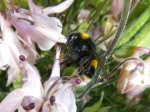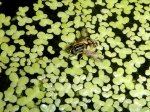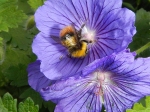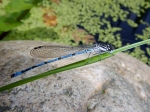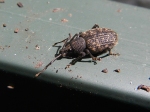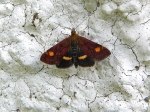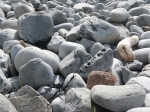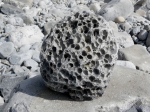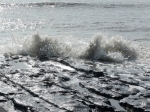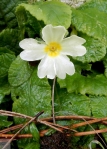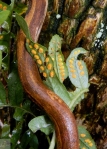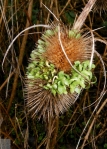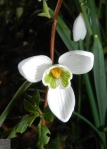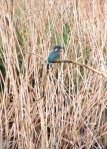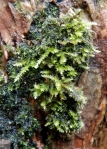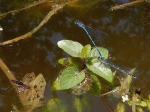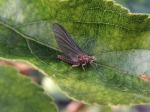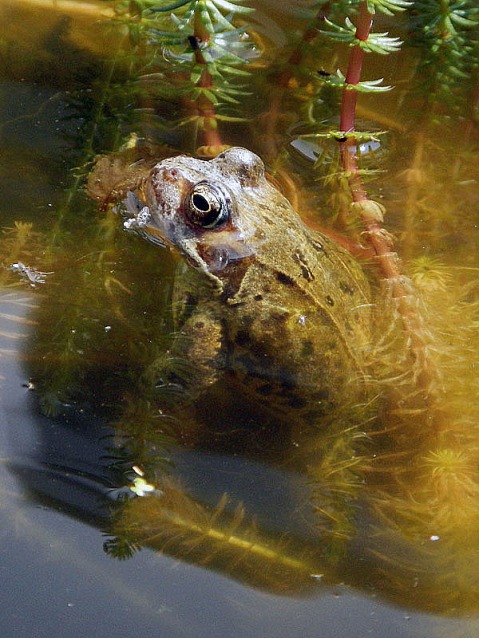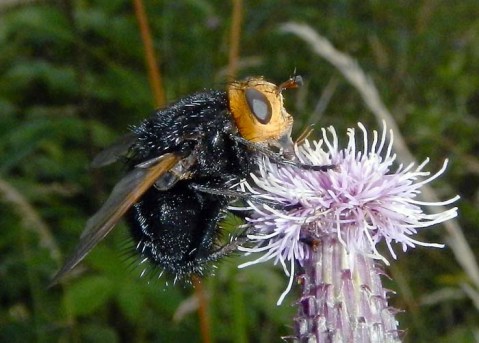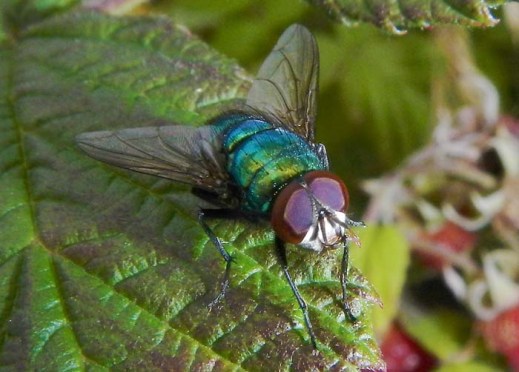Allotment Bees in 2018
This gallery contains 12 photos.
Its been a very long time since I published a blog but I haven’t abandoned my wildlife, far from it – I’ve just been to busy to write about it! Since we established a modest sized wildflower meadow on the site we’ve seen a measurable increase in pollinating insects; plotholders have also gradually started planting […]
Llandaf North Allotment site – wildlife survey 30th August 2016
This gallery contains 14 photos.
Glenborrodale, Ardnamurchan – August 2016
Here are some random photos from a short wildlife holiday in the West of Scotland; we stayed at Ardnamurchan Bunkhouse and went on various walks and drives in the area. Having recorded our wildlife sightings it transpired that, even as a small group (8 + guide), we saw 100 species of birds and 13 of mammals. The latter included three types of deer, bats, otters, pine martens, dolphins, seals and porpoises; we were also lucky enough to spot some raptors including golden eagle, white-tailed eagle, sparrow hawk and buzzard. Unfortunately, since most natural wildlife is usually seen at a distance and, as I only had a small compact camera with me, my photos are largely of scenery and more stationary subjects! These photos are in random order…. hover over any image to read its description and click on an image to see it in its proper size.
Llandaf North Allotment site – wild flower survey 22 May 2016
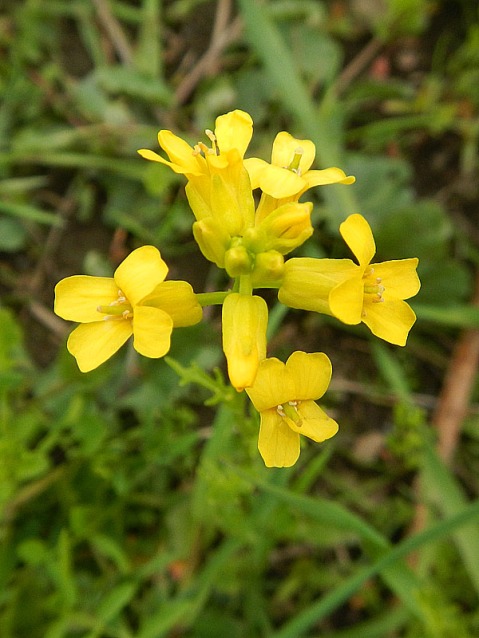
Land Cress (aka American Wintercress)
If anyone can name the unidentified flowers I’d be very grateful 🙂
Allotment Wildlife
It would be fair to say that I haven’t posted anything here for a very long time, but I haven’t sold my camera – I just took an allotment and anyone who has one of these knows that they absorb time like blotting paper soaks up ink!
Just to prove that I’ve still noticed the world around me, below are some of the huge variety of species that I’ve seen our allotment site; there also birds, slow worms, frogs, newts, foxes aplenty and even a couple of stoats. I’d never realised what a wildlife haven an urban space could provide but now I look for, photograph and even, occasionally, report lots of the things that I see 🙂 Scroll over each image for its description.
Garden Bioblitz 1st June 2014
We decided to take part in the Garden BioBlitz this weekend and so, on Sunday afternoon with camera in hand, we took a two hour jaunt around the garden to see what we could see. Aside from all the usual birds that chomp away on the feeders, we spotted quite a few other garden visitors; most are welcome but a couple perhaps not so much if you are trying to grow vegetables! Here are a few of the sightings… hope I have the Latin names right!
- Red Cardinal Beetle (Pyrochroa serraticornis)
- Buff-tailed Bumblebee (Bombus terrestris) on Aquilega
- Red Eyed Fly (Sarcophaga spp)
- Footballer Hoverfly (Helophilus pendulum)
- Early Bee (Bombus pratorum) on Geranium
- Common Frog – juvenile (Rana temporaria)
- Common Blue Damsefly – female (Enallagma cyathigerum)
- Common Blue Damsefly – male (Enallagma cyathigerum)
- Vine Weevil (Otiorhynchus sulcatus)
- Mint Moth (Pyrausta aurata)
- Unripe berries of the Cuckoo Pint (Arum maculatum)
- Seed pod of Creeping Buttercup (Ranunculus repens)
- Germander Speedwell (Veronica chamaedrys)
- Common Garden Spider (Araneus diadematus)
- Green Shield Bug (Palomena prasina)
- Brown Garden Snail (Helix aspersa)
- Marmalade Hoverfly (Episyrphus balteatus)
- Red Mason Bee (Osmia rufa) emerging from egg laying in the bug hotel
Llantwit Major on a sunny spring day
On Saturday we went westward to the town of Llantwit Major, just fifty minutes away on the Valley Lines train. The weather was unbelievably warm and sunny and there were quite a few people taking advantage. I had an ‘artistic attack’ on the beach and tried to capture some shots of the beautiful shaped cobbles, shells and driftwood but, before long, I reverted to type when I spotted some bloody-nosed beetles on the cliff path. Watching courting butterflies and being dive bombed by the occasional bumblebee showed me that, at last, spring has truly sprung.
- Small tortishells
- Primroses
- Celandines
- Bloody-nosed beetle
Searching for Spring
It has been raining for weeks now and our garden is so saturated that it is out of bounds, unless we decide to create a mud bath. In a search for some hope of spring, we braved the elements and went for a long walk in Forest Farm. Despite drizzly beginnings, the weather brightened occasionally and, as there was a rugby match on in town, the bird hides were deserted. We were treated to the sight of a beautiful female kingfisher; I tried to capture a photo by holding my compact camera lens up to the eyepiece of my binoculars. The result is less than impressive but at least I know what the bird is supposed to look like! We also had an unparalleled view of a green woodpecker plus various blue tits, great tits, chaffinches, grey wagtails and a little goldcrest. Seeing snowdrops and a primrose made it feel as though we were at least heading in the right direction.
- Robin
- A single common primrose
- Fern spores
- Seedlings sprouting on a teasel seedhead
- Common snowdrop
- Jelly fungus
- Female kingfisher (honestly)
- Damp moss
- Male hazel catkins and a little red female flower
It started with a hole……
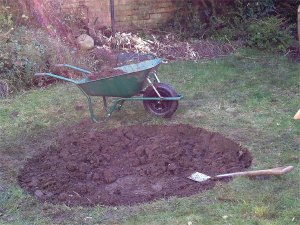 We moved house at the end of 2012. The garden was overgrown with far too much lawn for my liking but, worse than that…. no pond! If you want wildlife, you need water. So, in March we dug a shallow hole, 6ft across and allowing for four inches of water and a deeper central section.
We moved house at the end of 2012. The garden was overgrown with far too much lawn for my liking but, worse than that…. no pond! If you want wildlife, you need water. So, in March we dug a shallow hole, 6ft across and allowing for four inches of water and a deeper central section.
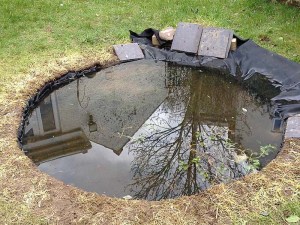 We put builder’s sand in the base, covered it with fleece and finally a butyl liner weighed down with some stones The ‘pond’ was left to fill naturally with rainwater (not difficult in Wales!) and later I tucked the liner under the turf and created a bog garden on one side, where water had naturally overflowed.
We put builder’s sand in the base, covered it with fleece and finally a butyl liner weighed down with some stones The ‘pond’ was left to fill naturally with rainwater (not difficult in Wales!) and later I tucked the liner under the turf and created a bog garden on one side, where water had naturally overflowed.
 At the beginning of May we had an old tree cut down so I put a couple of the branches into the pond to create a natural way for animals to climb in and out. Sacking round the edges provided purchase for grass and other plants to take root and cobbles gave shelter to little creatures. We put in some oxygenating weed and a few plants, bought or foraged from other ponds; it started to look a little like a pond! And then they came…..
At the beginning of May we had an old tree cut down so I put a couple of the branches into the pond to create a natural way for animals to climb in and out. Sacking round the edges provided purchase for grass and other plants to take root and cobbles gave shelter to little creatures. We put in some oxygenating weed and a few plants, bought or foraged from other ponds; it started to look a little like a pond! And then they came…..
- Hover fly
- Damsels
- Alder fly
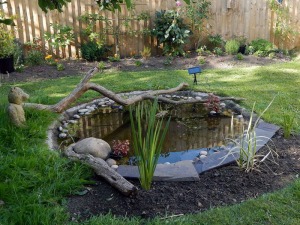 Damsel flies, hover flies, alder flies – even a dragonfly or two. By July the pond was crawling with life. Whirligig beetles, pond skaters, backswimmers, water boatmen, diving beetles and snails, not to mention a myriad of little creatures like daphnia and cyclops, which I could just make out if I lay on the grass and stared into the water. I did a lot of that!
Damsel flies, hover flies, alder flies – even a dragonfly or two. By July the pond was crawling with life. Whirligig beetles, pond skaters, backswimmers, water boatmen, diving beetles and snails, not to mention a myriad of little creatures like daphnia and cyclops, which I could just make out if I lay on the grass and stared into the water. I did a lot of that!
Finally, the biggest excitement of all, at the end of July and for a couple of months thereafter, the big guns had arrived… I spotted no less than eight different individuals, sometimes more than one at a time. It was the biggest seal of approval that a new pond could have. Now I am patiently waiting, hoping to see them again in a month or so – the nursery is all ready 🙂
Enough bees… three flies!
I have been enjoying a love affair with bumblebees this year but I did also see some pretty impressive flies too. Here are three of my favourites:
Tachina grossa: The giant tachinid fly is very large (~20mm) and rather distinctive with its jet black, hairy body, bright yellow head and huge eyes. The tachinid flies are parasites; the female lays her eggs on moth or butterfly caterpillars then the fly larvae hatch out and devour their host from the inside out, which isn’t a pleasant thought.
Lucilia cuprina: Nobody likes these flies but this specimen is attractive when seen close up, in my opinion. The female greenbottle fly lays her eggs in meat, fish, corpses, infected wounds and excrement. The maggots feed on decomposing tissue and are occasionally used to debride human tissue. But apart from that… 🙂
Phasia hemiptera: Another member of the tachinid family, this is a stunning fly and looks like something dreamt up by Hans Rudolph Geiger with its metallic wings; the colour indicates that this is a male. Unfortunately, the female parasitises one of my favourite insects, the shield bug.



























































































